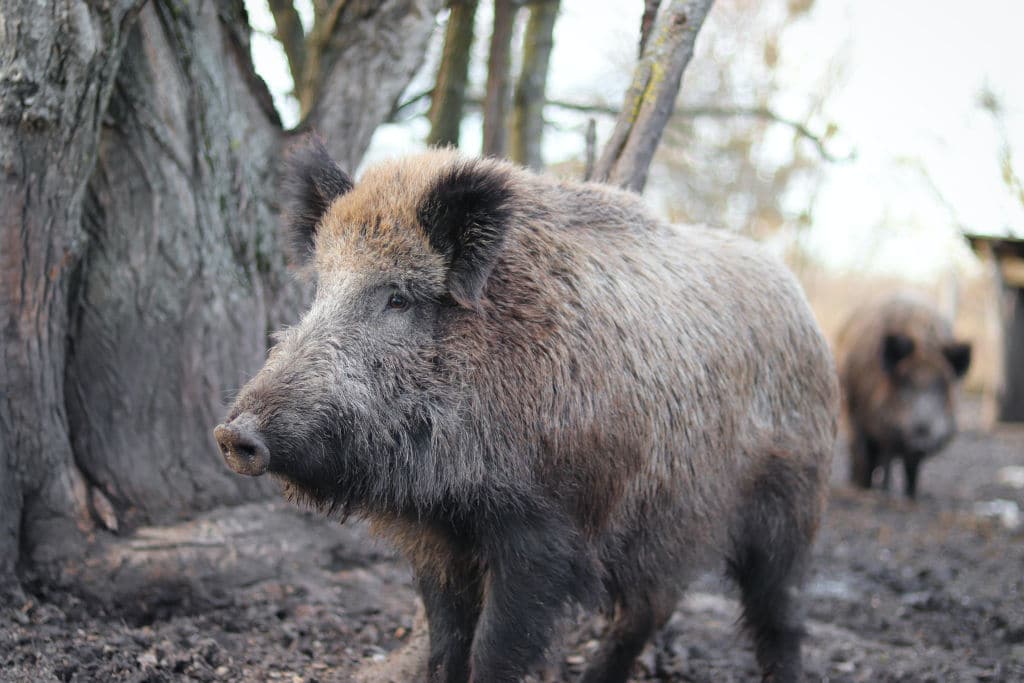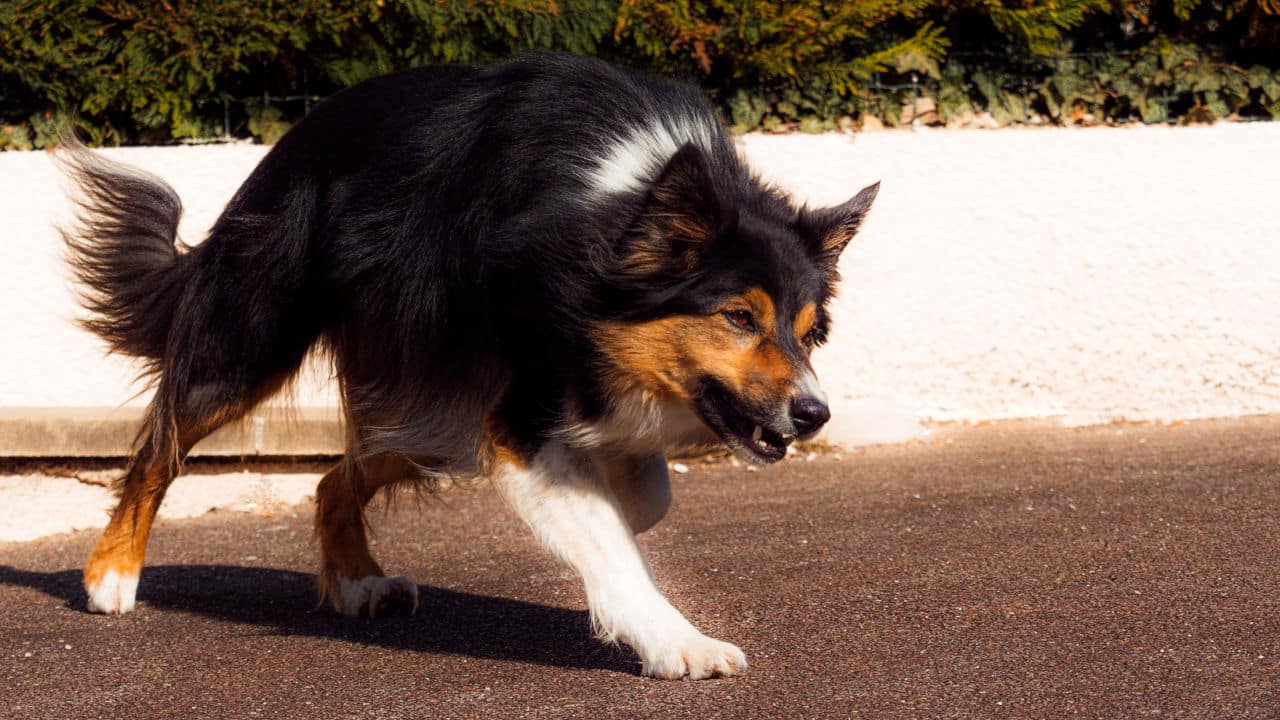Humans, who speak the same language, appear to have the same skeletal structure, live within the same community can attack their fellow humans due to provocation or when they sense danger. This attack often leads to injuries, and such injuries can spur the aggrieved party to seek redress in court. This sort of attack isn’t limited to humans alone; animals on four legs usually attack humans when they perceive something not innate to their senses. When such animal attacks on humans happen, the injured party can also go to court to seek redress. However, the animal can’t be charged to court in this case. Law of tort holds the owners of such animals strictly liable for injuries caused to another person. The plaintiff in such a case can bring an action against the animal owner under scienter action and/or negligence.
What is Scienter Action?
The word scienter is a Latin word that means knowingly. It implies knowledge.
In the context of law, scienter is used in animal-related cases to connote that the owner of an animal has the knowledge that their animal(s) has the propensity to act in a manner that can be dangerous and cause injury to other members of the society.
Hence, scienter action allows for an animal owner to be held liable for injury caused to another by their animal(s).
The animal(s) causing injury can either be a wild animal like a lion, elephant, bear, jaguar, or a domestic animal like a dog. Conover(2019), in a publication in the Human–Wildlife Interactions Journal, stated that “over 47,000 people annually in the United States sought medical attention after being attacked or bitten by wildlife, and approximately eight people died annually.”
In the case where the wild animal that caused the injury was tamed by the owner and kept in a public settlement, the owner will be held strictly liable for such injury. Such was the case in Marshall v. Ranne when a boar owned by the defendant attacked the plaintiff and bit him severally.
However, victims of a wild animal attack who have voluntarily chosen to expose themselves to the risk of being attacked cannot hold the owner of such an animal liable under scienter action. An example is a zoo keeper.

In a case where the animal who attacked a victim, causing injury, is a domestic animal, this can still be brought under scienter action. This is common with dogs as they can exhibit aggressive behavior when feeling threatened.
An example is the case of Collier v. Zambito. In this case, a dog owned by the attacked the son of the defendant, who was a visitor, and bit him on the face. In such a scenario, the owner of the animal can be held liable for the injury if it can be established that they have knowledge of the animal’s tendency to be aggressive and attack.
Liability For Negligence In An Animal Case
In an animal attack case, not all actions will fall under scienter. Some cases can fall under negligence as the victims may not be able to establish that the animal owner has knowledge of the animal’s propensity to attack. Such was the case in Martinez V. City Of La Dept. Of Animal Services.
In the above case, a German Shepherd and a Dachshund-shepherd mix attacked a part-time enumerator who was in the defendant’s house as an employee of the United States Census Bureau. She suffered multiple injuries from the attack and was left with scars on her body after attending several doctor’s appointments.
It was established that the owner of the animals disregarded public safety by negligently allowing his dogs have access to the front yard without properly securing his gates and not putting a warning dog signpost.
Animation of A Scienter Action and Animal Negligence Case
Having explained how an animal owner can be held liable for injury, what better way to illustrate the facts of the case visually than a well-curated animation.
An animation can be used to establish how the environment in which the animals are kept exposes others to danger. Also, it can be used to illustrate the whole event surrounding the attack and the injuries and complications that arose from the attacks.
In conclusion, to make the animation admissible in a scienter action and animal negligence case, facts from the investigation of the case should be properly illustrated without prejudice. This can be done by a reliable legal animation company with a history of creating admissible trial graphics.





